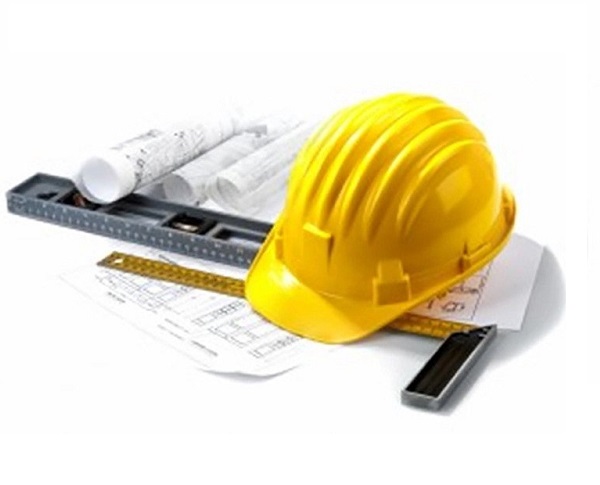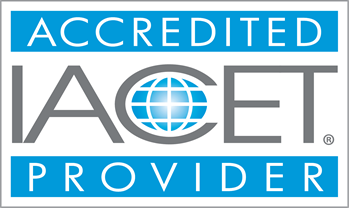Price: $174.99
USACE-NAVFAC-40-Hour-EM-385-1-1-Training
Our USACE-NAVFAC-40-Hour-EM-385-1-1-Training is an advanced-level safety training program crafted according to the needs of government contractors or employees who work in the construction sector for the US Army Corps of Engineers (USACE) and Naval Facilities Engineering Command (NAVFAC). This extensively detailed training course consists of 37 modules and gives participants the vital skills to boost safety on construction sites and ensure rules are being followed.
Course Modules - (50)
USACE-NAVFAC-EM-385-1-1-Training course
comes in different durations, like 16-hour, 24-hour, and 40-hour training,
providing different levels of understanding of the EM-385-1-1 manual. You can
go for any type of course depending on your needs. We are offering a 40-hour
course, and the specialty of our 40-hour training is that it will provide you
with an in-depth or detailed overview of topics like additional safety and
health.
Our USACE-NAVFAC-40-Hour-EM-385-1-1-Training
program may be completed at your own pace, according to your schedule.
To resume a prior training session, just log back in at any time during the
course. The course won't end and will stay in your dashboard until it's
finished.
Learning Outcomes:
- Understand safety protocols in the workplace.
- Recognize potential hazards and mitigate risks.
Completion Requirements:
- 100% appearance for the course
- Fully involvement in all class trainings (determined by instructor)
- Completion of Continuing Education and Training Registration Form
- Completion of mandatory quiz assessments
- As applicable, attainment of least passing score on required end-of-course examination
- Participation and submittal of end-of-course assessment form (must provide name on form to obtain credit)
Who Should Enroll in USACE-NAVFAC-40-Hour-EM-385-1-1-Training?
The EM-385-1-1 Training is mandatory for those who work on projects funded by the military. This 40-hour detailed training course is typically required for supervisors, managers, or construction personnel involved in high-level construction or facility-related projects overseen by the U.S. Army Corps of Engineers (USACE) or the Naval Facilities Engineering Command (NAVFAC). So, if you are one of them, compliance with EM-385-1-1 is essential. To grasp the requirements, you need this training.
Learning Objectives:
From our USACE-NAVFAC-40-Hour-EM-385-1-1-Training
program
●
You will get to know the requirements and key
provisions outlined in EM 385-1-1 for construction safety.
●
Develop an understanding of how to identify
and evaluate the risks that may exist on construction sites.
●
Acquire the knowledge to implement suitable
safety measures and procedures in order to efficiently reduce recognized risks.
●
Understand the importance of personal
protective equipment (PPE) and learn how to select, use, and maintain it
correctly.
●
Learn how to conduct in-depth site inspections
in compliance with EM 385-1-1 standards.
●
Develop your emergency response skills for
situations involving dangerous materials, electrical mishaps, and falls.
So don’t miss the golden
opportunity to equip yourself with the wealth of knowledge and skills that will
not only keep you safe but also ensure a safe workplace for those working under
your supervision.


